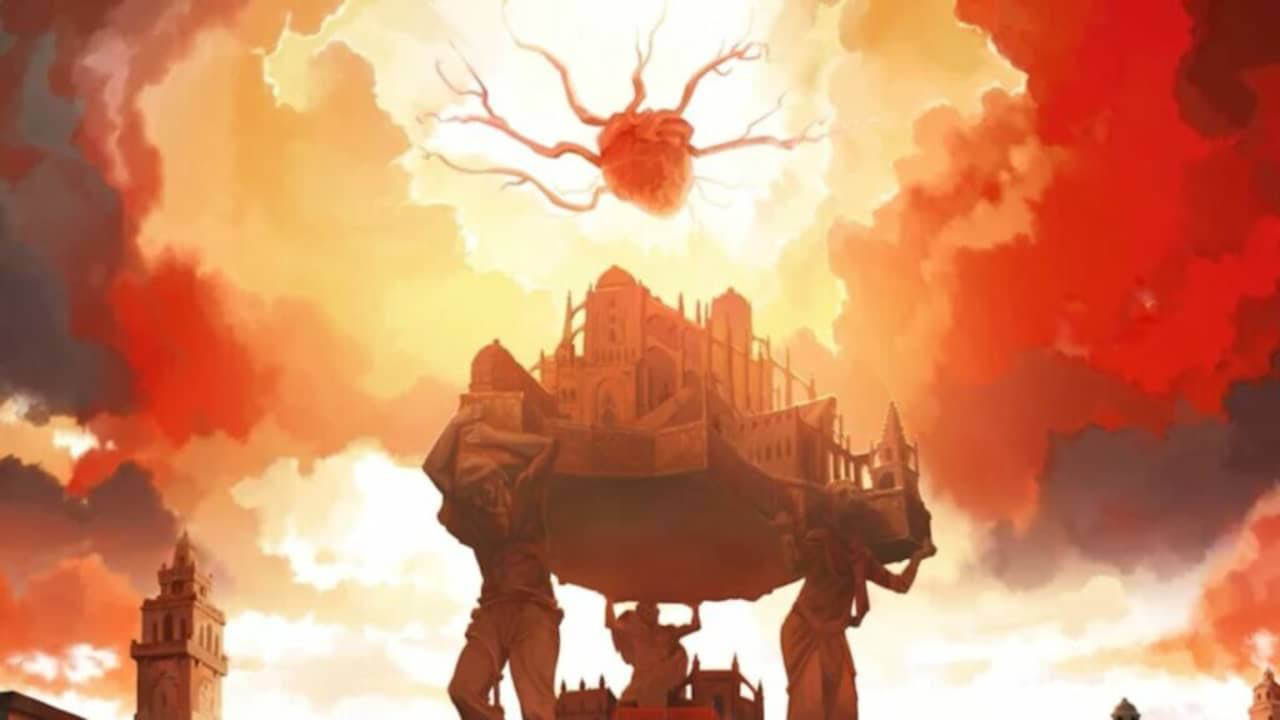Blasphemous II is about as much of a direct sequel as anyone can expect.
Developer The Game Kitchen was onto a good thing when Blasphemous released in 2019, featuring dreary, beautiful artwork inspired by the Santa Semana and gothic Catholicism and fast-paced, soulslike 2D hack and slash combat.
And they have not deviated much from what saw them success. Like the most traditional follow-up, nearly every aspect of this game has been expanded, refined and improved. But for those looking for something more, Blasphemous II might fall short.
Core to any 2D metroidvania-esque platformer, especially one as tough as Blasphemous II, is your weaponry. Up from the one sword from the first game, in Blasphemous II you now have access to three weapons – a heavy flail, a pair of lightweight rapiers, and a more balanced large knife.
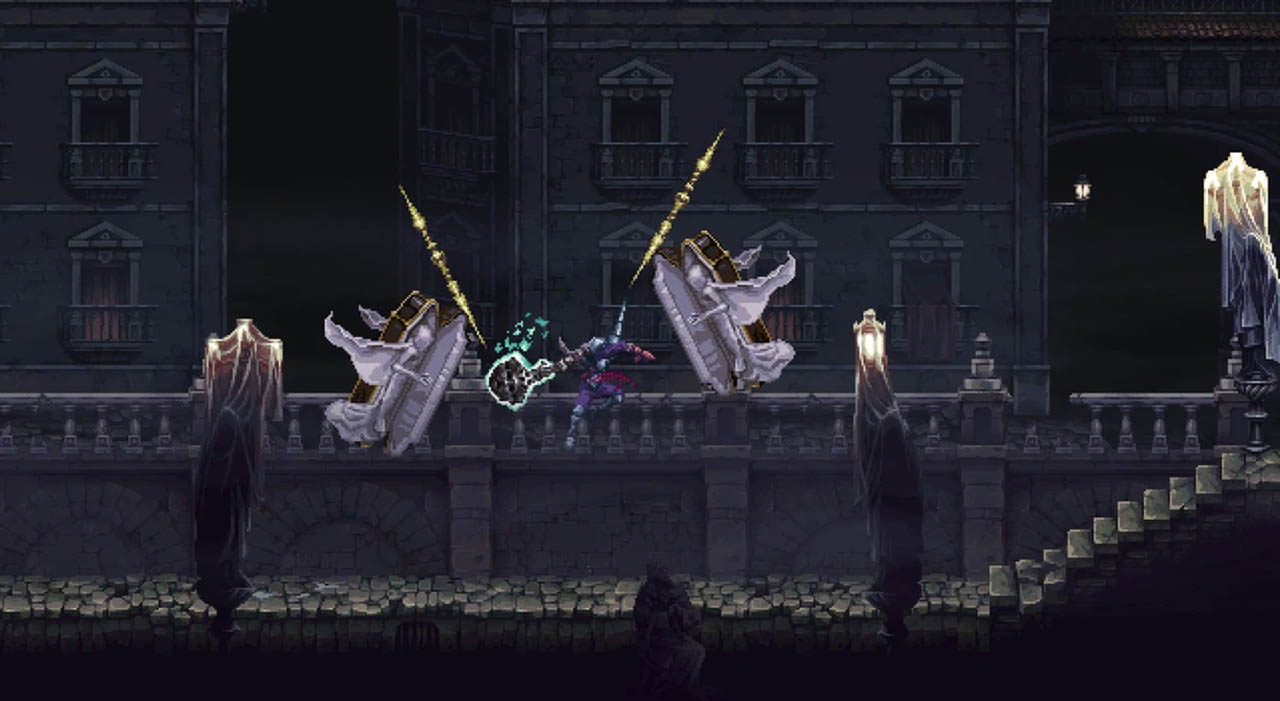
You choose one to start the game with, and the others are discovered in areas of the game’s map, set in an environment where they will be most effective. Each weapon has their own specific benefits and drawbacks in combat, with unique skill upgrade paths that you slowly unlock over the game.
In addition, each weapon has unique capabilities to unlock traversal options. The flail can ring bells to instantiate temporary platforms, the knife can slice through certain parts of walls if used from a great height, and the rapiers can use a dash into mirrors to teleport across a room. This gives you a great sense of progress in drip-feeding you new ways to move, and there are many opportunities for backtracking to access previously-inaccessible upgrades and shortcuts. Once you make your way deeper into the game, in rooms requiring tricky platforming skills you’ll even be asked to use multiple weapons in one hit. This can take some getting used to, and you’ll need some quick reflexes to make it through.
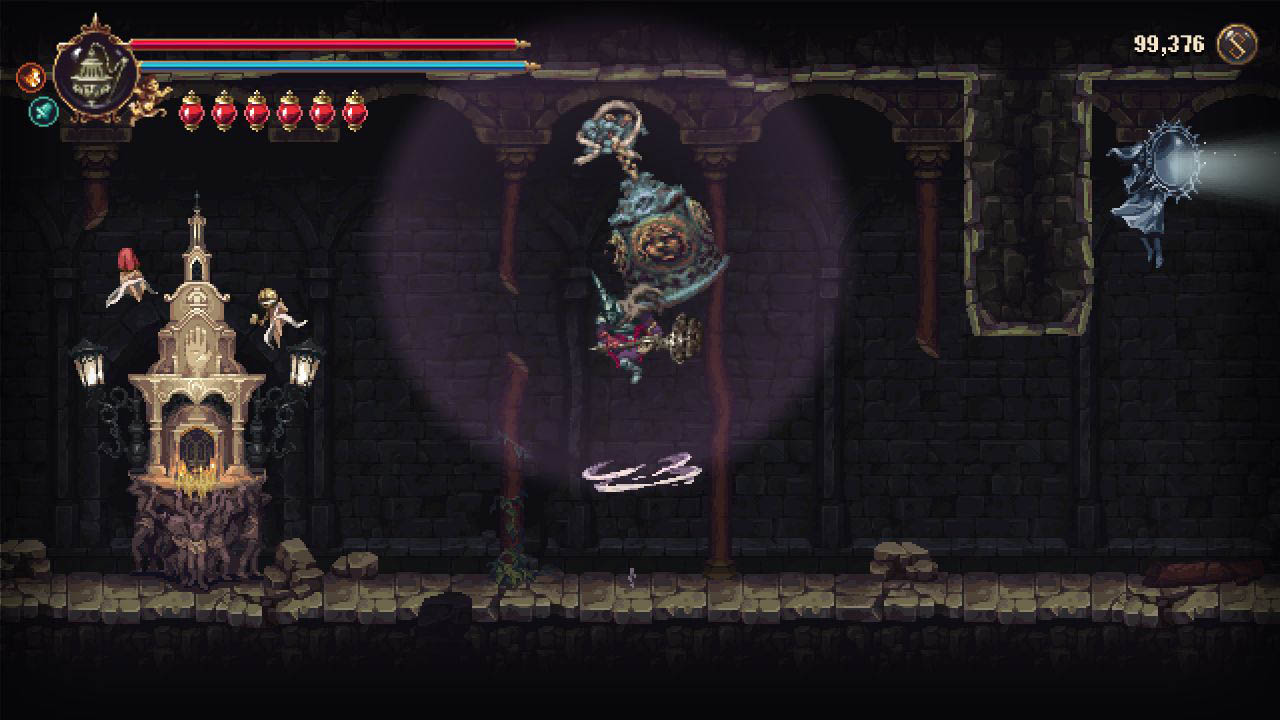
Bosses too are best approached with a specific weapon, though there’s nothing stopping you from trying with any of them if you prefer their style. Unfortunately I did find that most of the skills became too complicated to use effectively in these high-stakes, fast-moving encounters, and it was often easier just to chip away at enemies with basic attacks and dodges.
Speaking of enemies, while there are a much greater overall variety of enemies over the course of the game, each area does have a relatively limited set of goons to get through. Those priests carrying candelabras (which themselves are very similar to enemies from the first game) were particularly annoying. And you’ll see the same mini bosses sprinkled throughout the game, which can grow tiring. I was also not a fan of the forced combat arenas, which felt like the developers trying to squeeze out a bit longer on playtimes without having to actually create any new content.
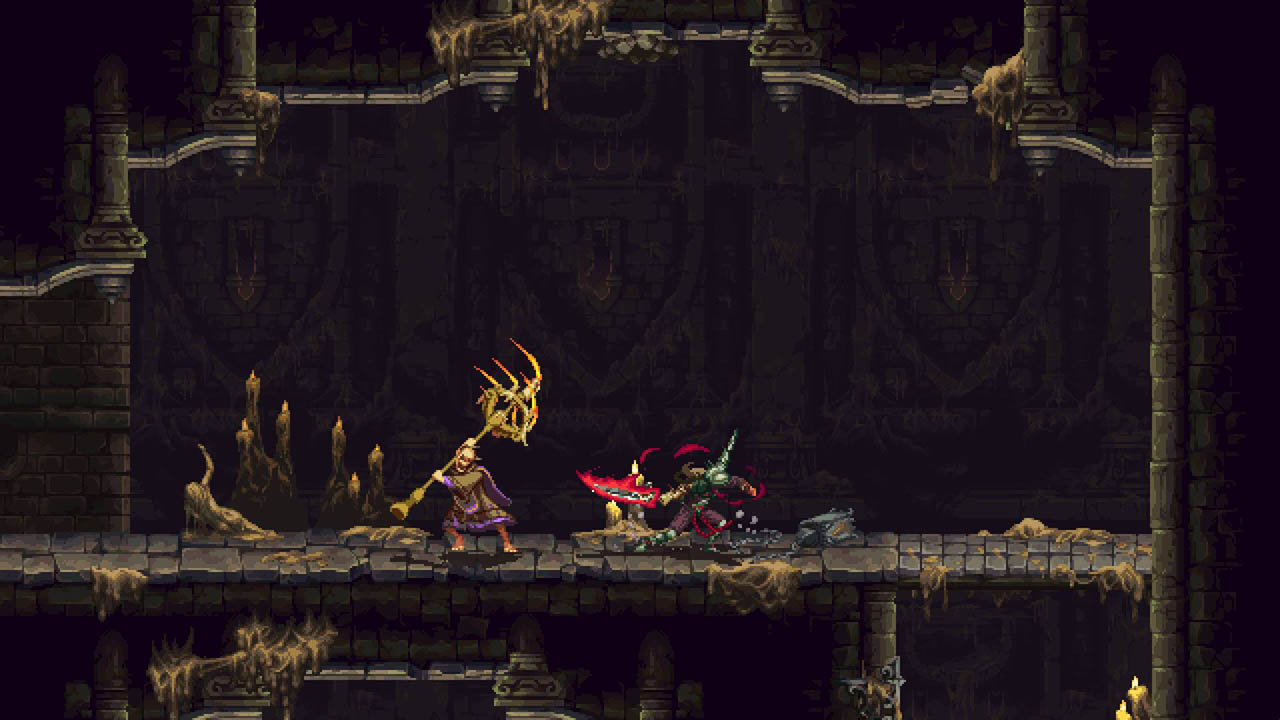
The feature I disliked the most though, was how Blasphemous II punished failure. See, you have two bars, one health and one roughly equating to mana. Each time you die, your mana bar gets decreased, and can only be restored after paying exorbitant amounts of rate in game cash to an NPC in a particular location.
This disincentives engaging with the more difficult fights of the game, and when you are stuck on a boss it’s simply frustrating to lose access to some of your skills and fighting capabilities. This is just another reason why the basic attack combos were my go to technique throughout the game.
The atmosphere and sense of mystique that pervades Blasphemous II, just as it did for Blasphemous, really is second to none. I was constantly amazed at the detailed pixel art that was astonishingly animated. It’s still as gruesome, captivating and twisted as it ever was.
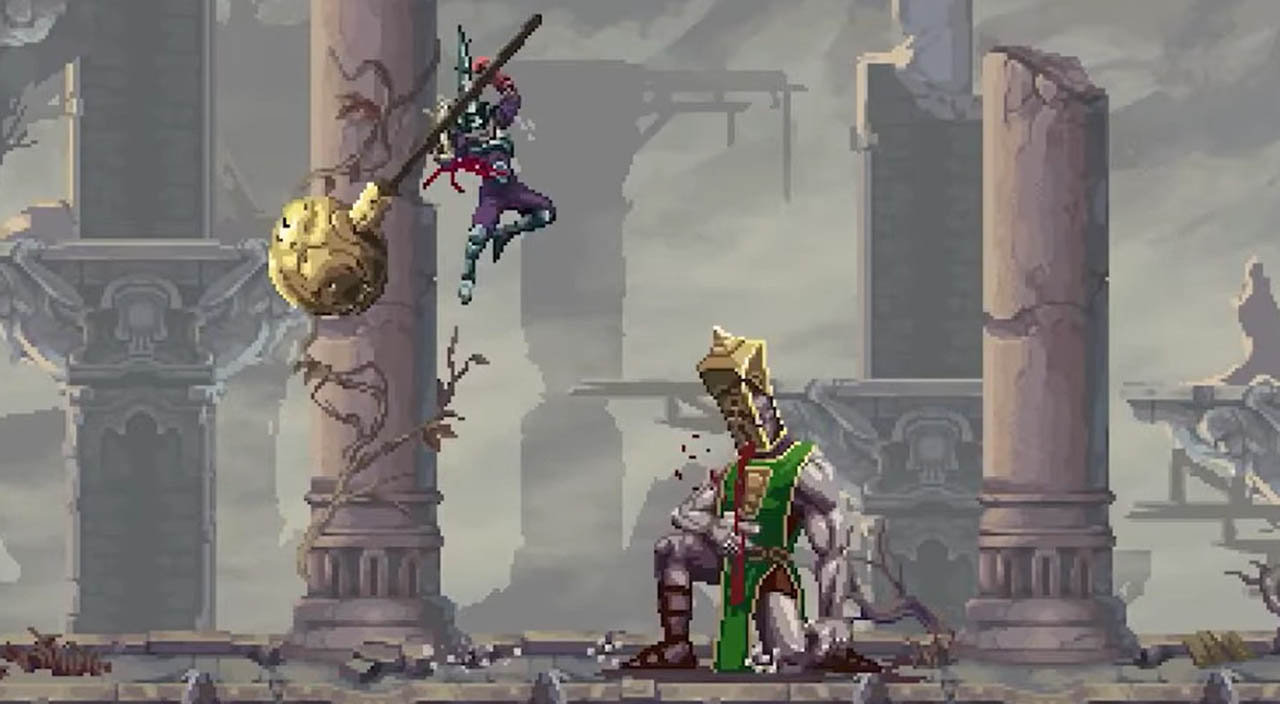
And the platforming can be good too. But the overall package left me a bit disinterested. This was probably due to a feeling that I wasn’t able to engage deeply in the game’s various combat mechanics, or perhaps that it wasn’t worth my time learning to do so, so the thing that is the focus of Blasphemous II – hack and slash combat, felt rote after a few hours.
That said, this may be entirely me. There is certainly scope in the game itself to play with a more complex, perhaps effective combat style than what I ended up with. In which case, I dare say your time with the game will be far more engaging. If you loved the first game, for example, there will be plenty here that you’ll be excited about. And the world, setting and new traversal options are all there to explore. In many ways, it’s a meaty upgrade from the first game. And in the end, more Blasphemous is never a bad thing, even if the whole package didn’t quite make the impact on me I wish it did.

Released: August 2023
Rating: M15+
Platforms reviewed: PC
Genre: Action
Developer: The Game Kitchen
Publisher: Team17

